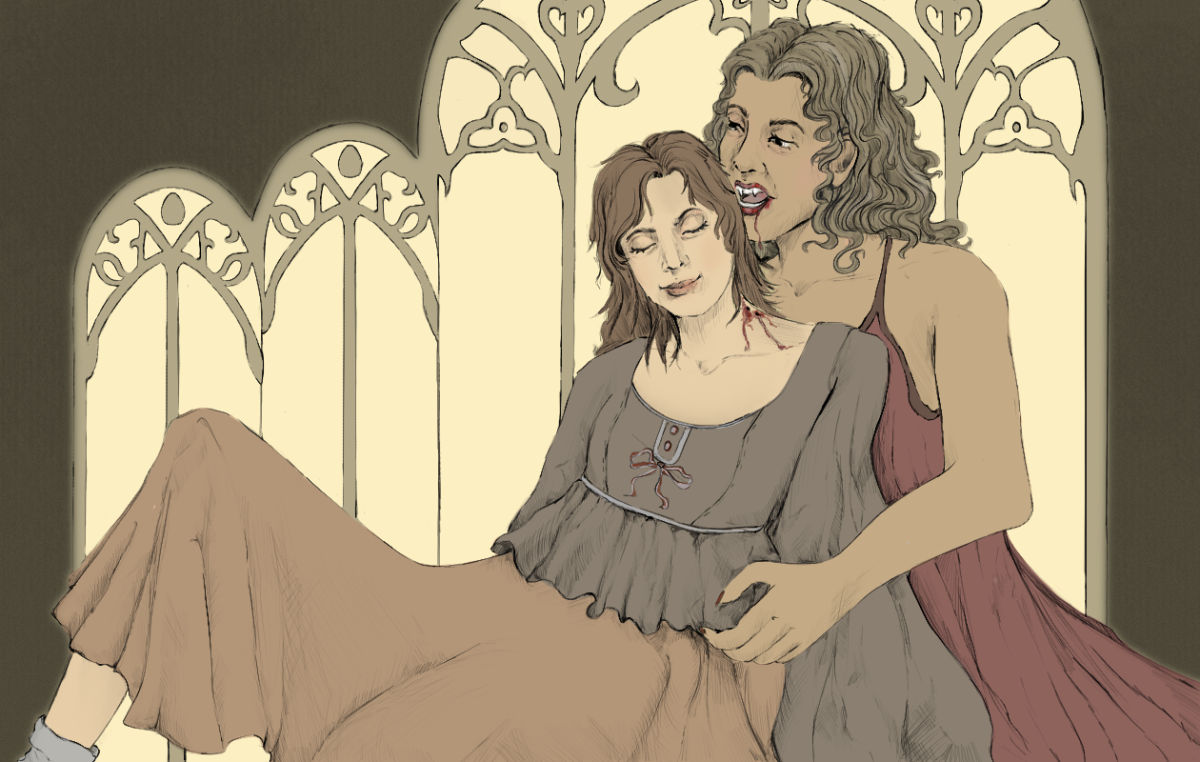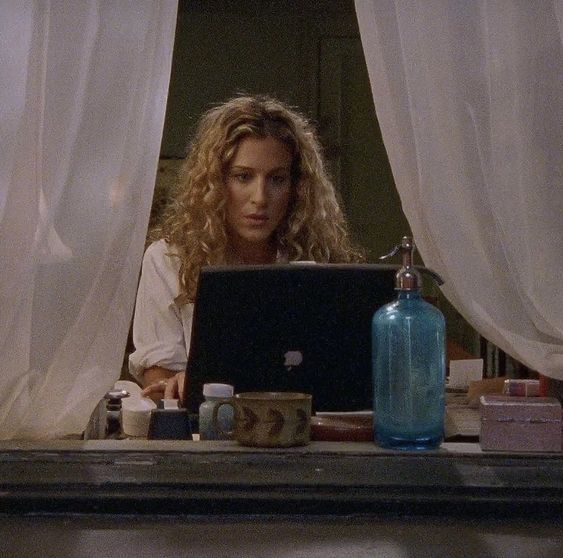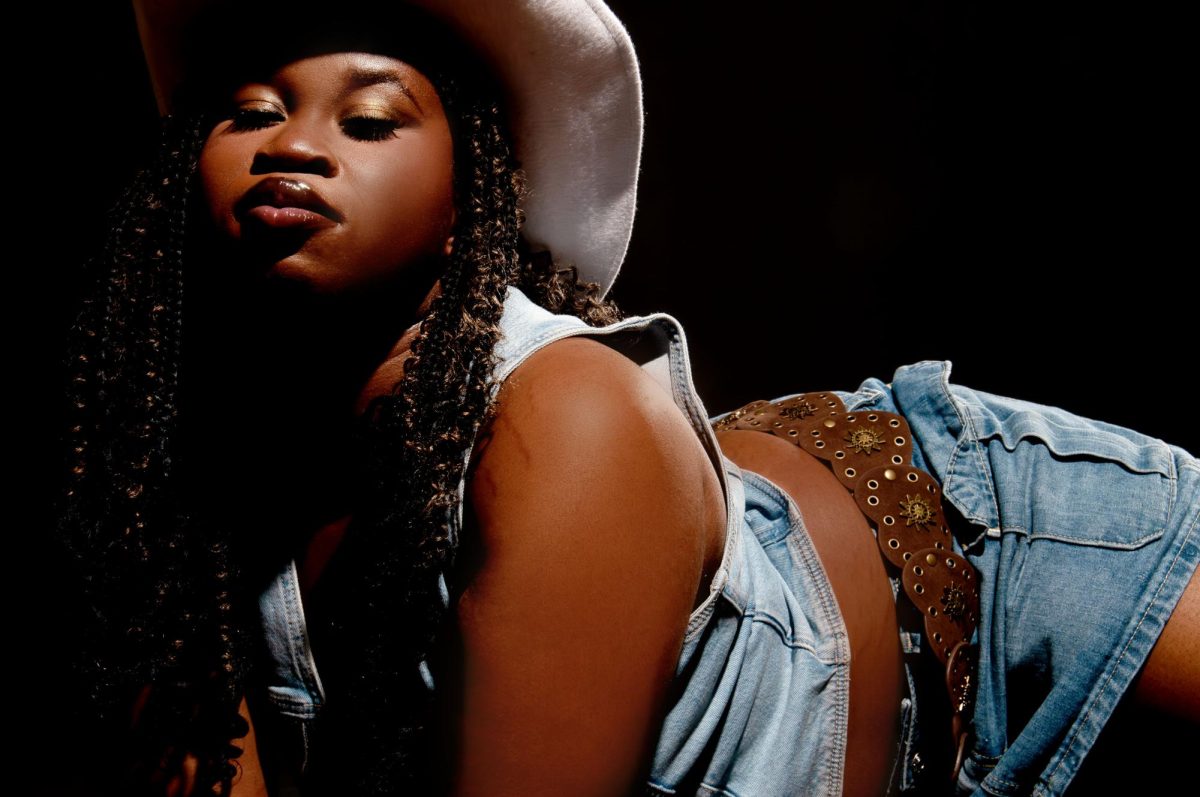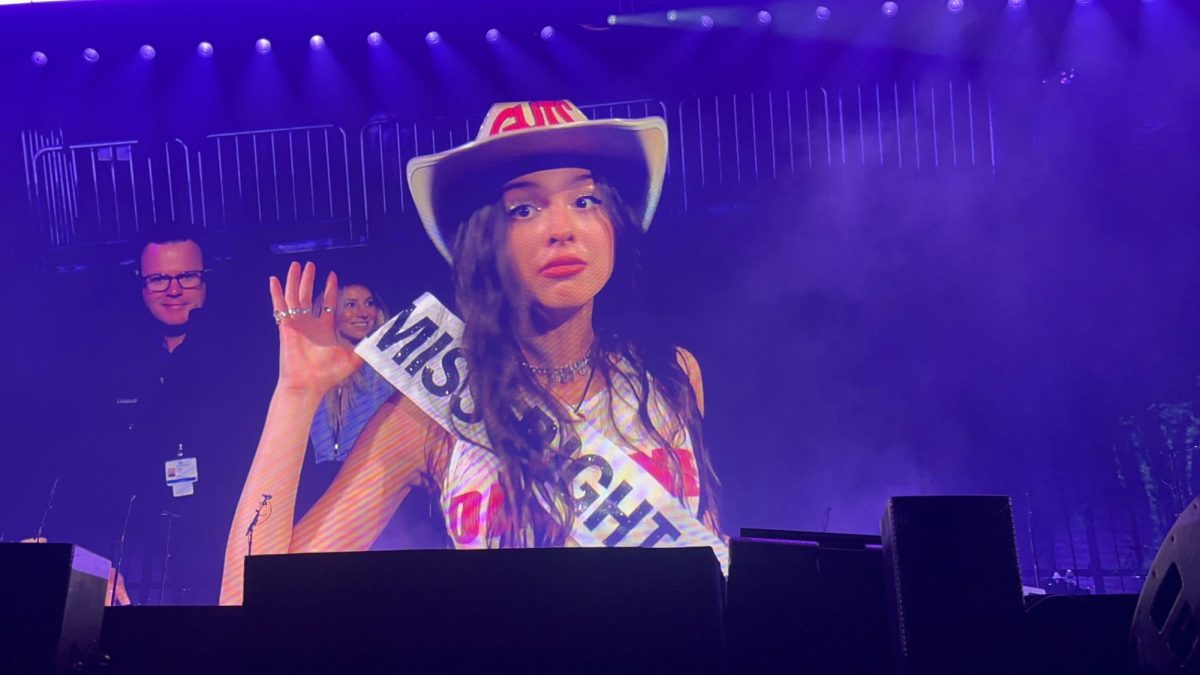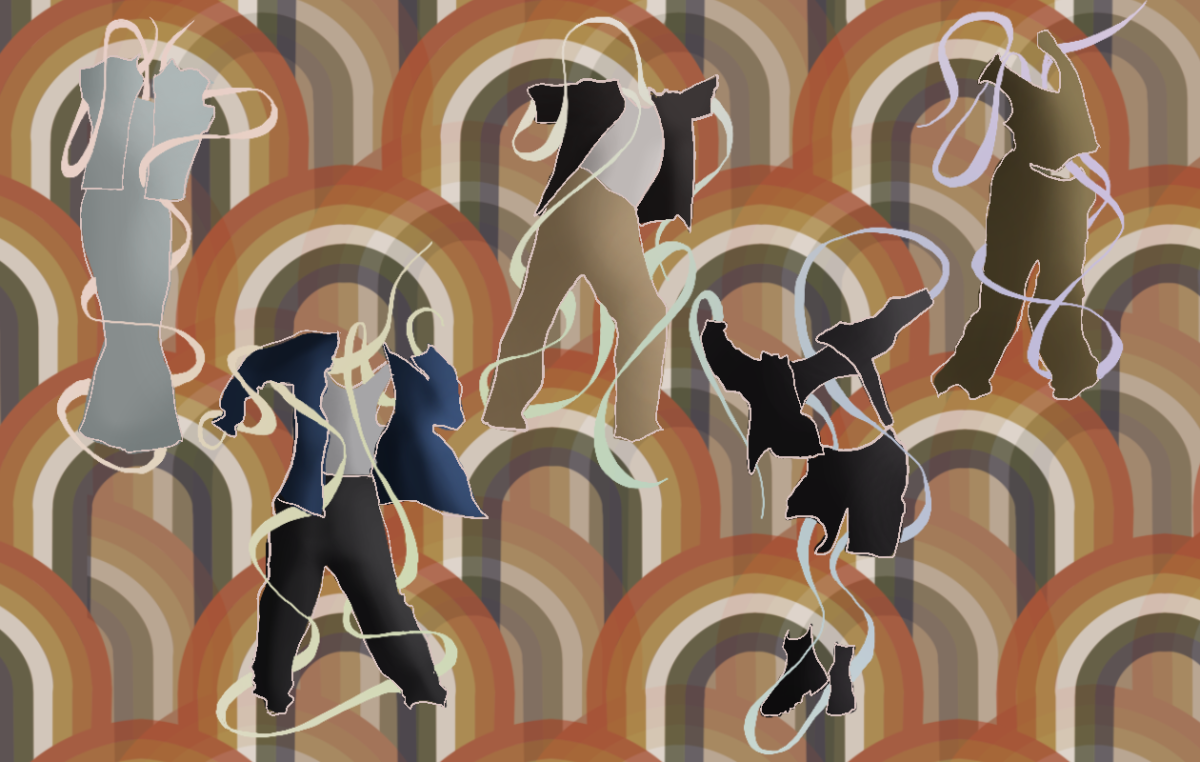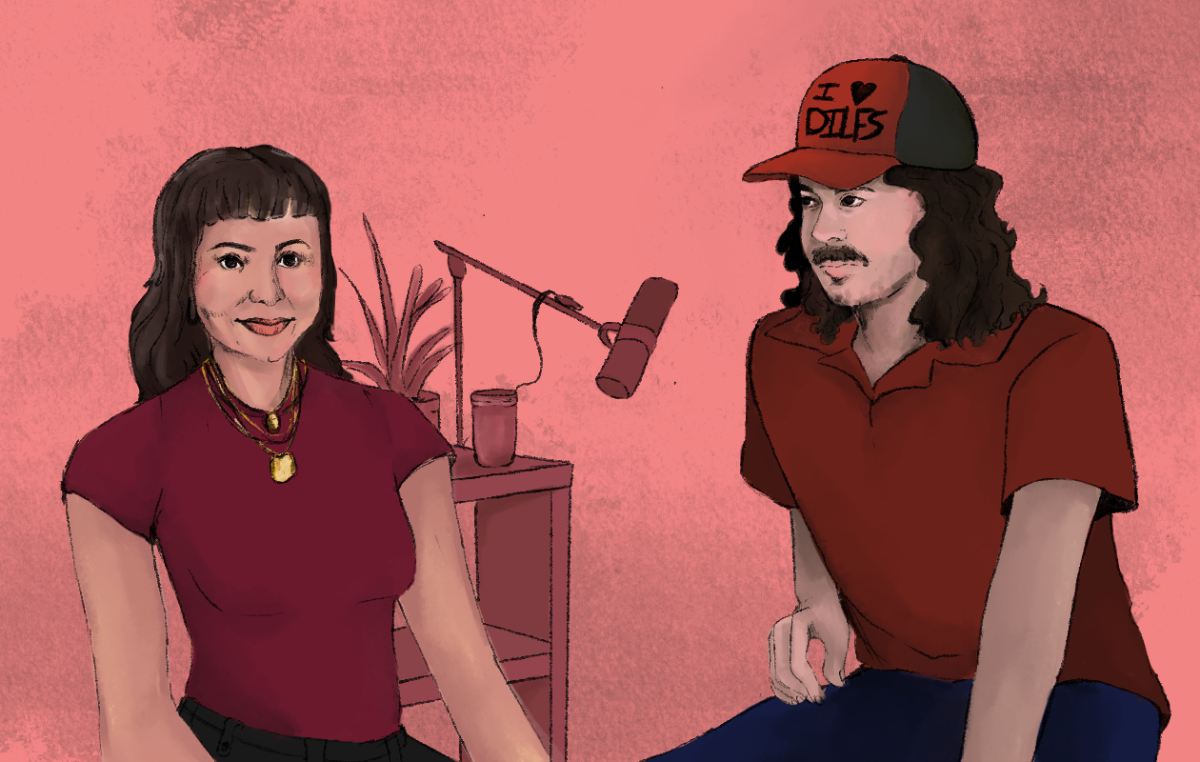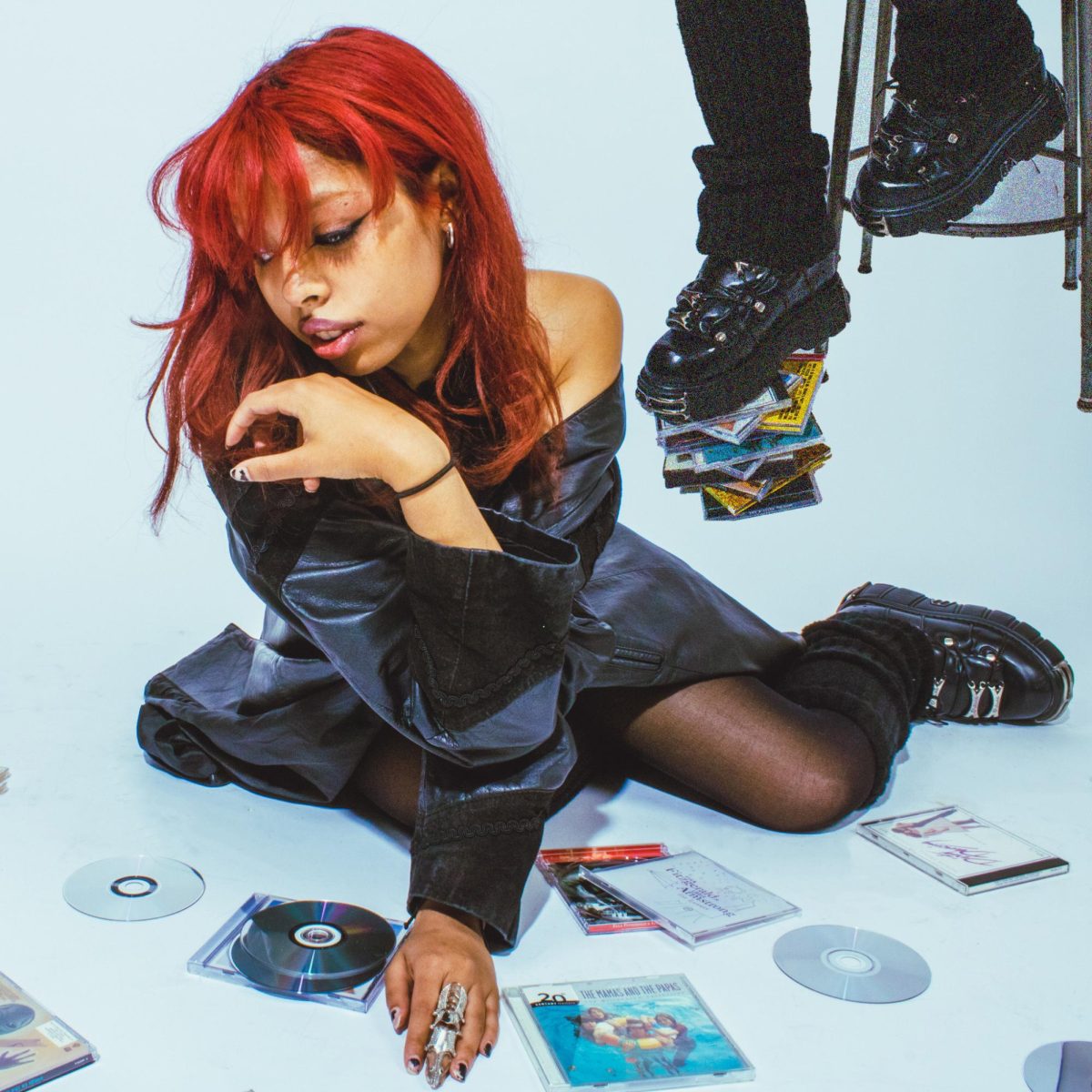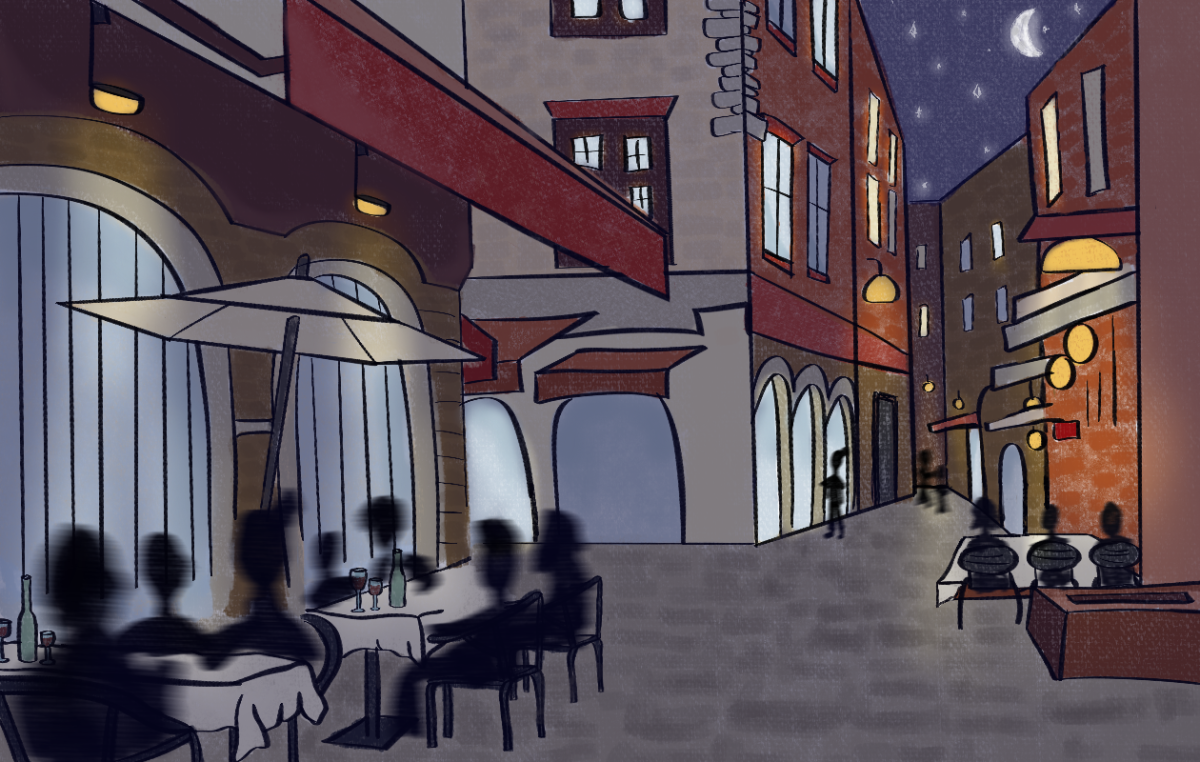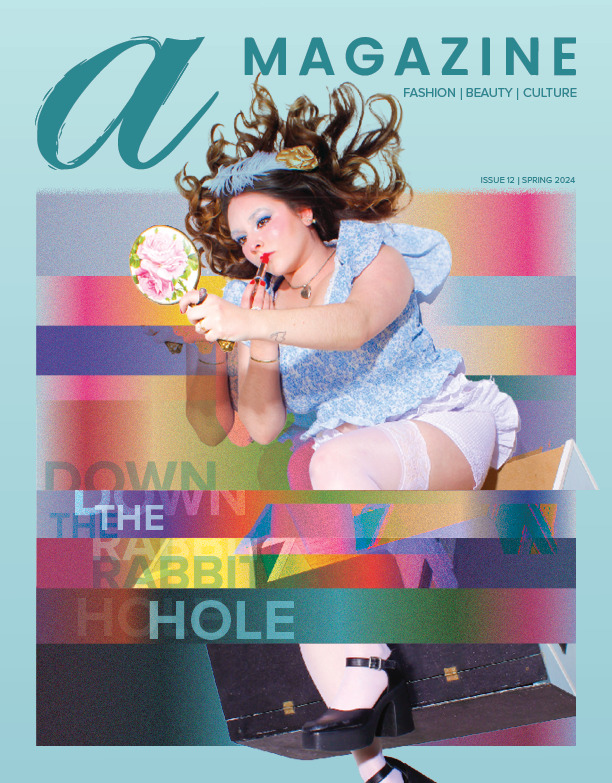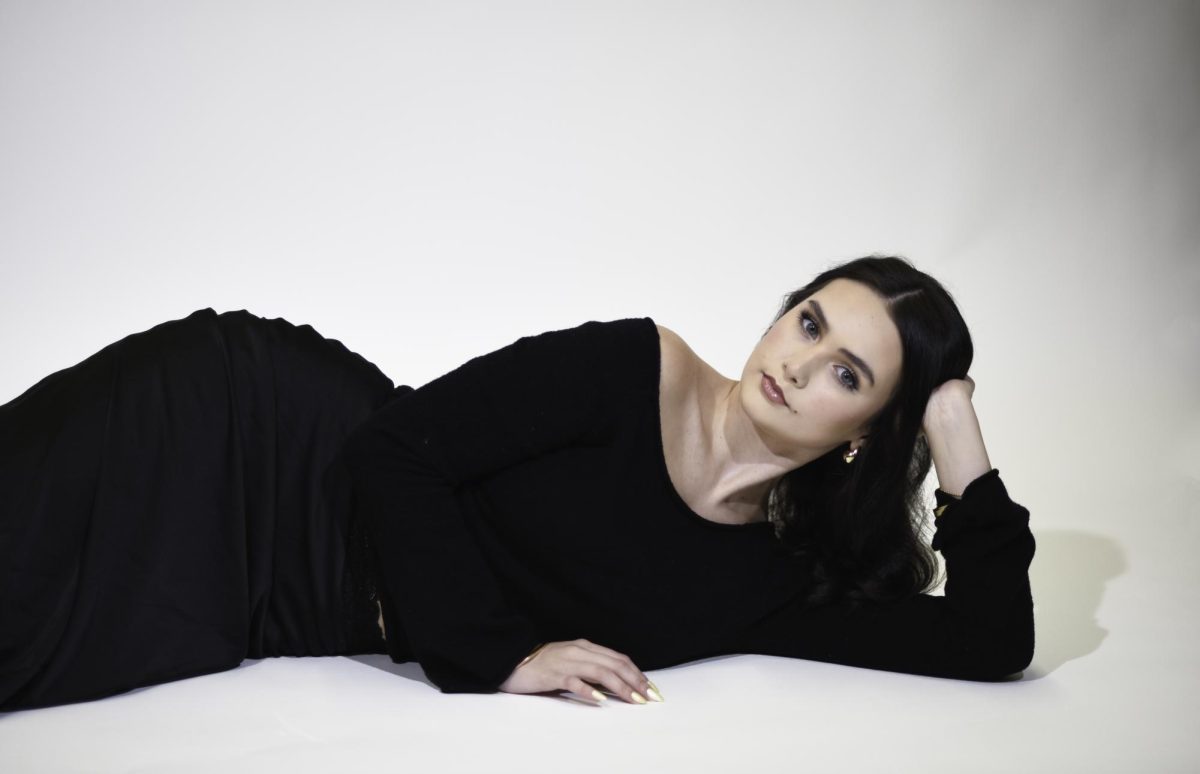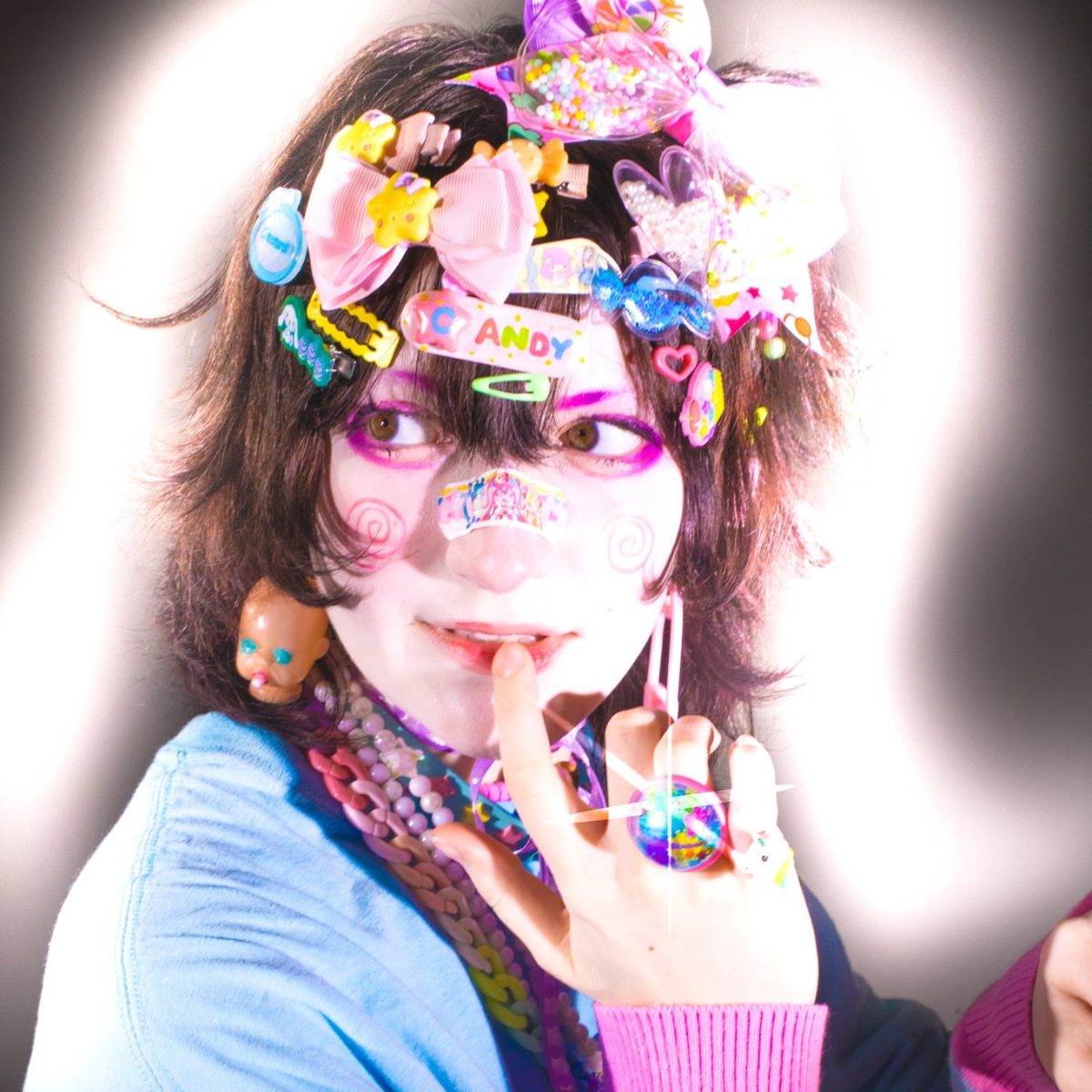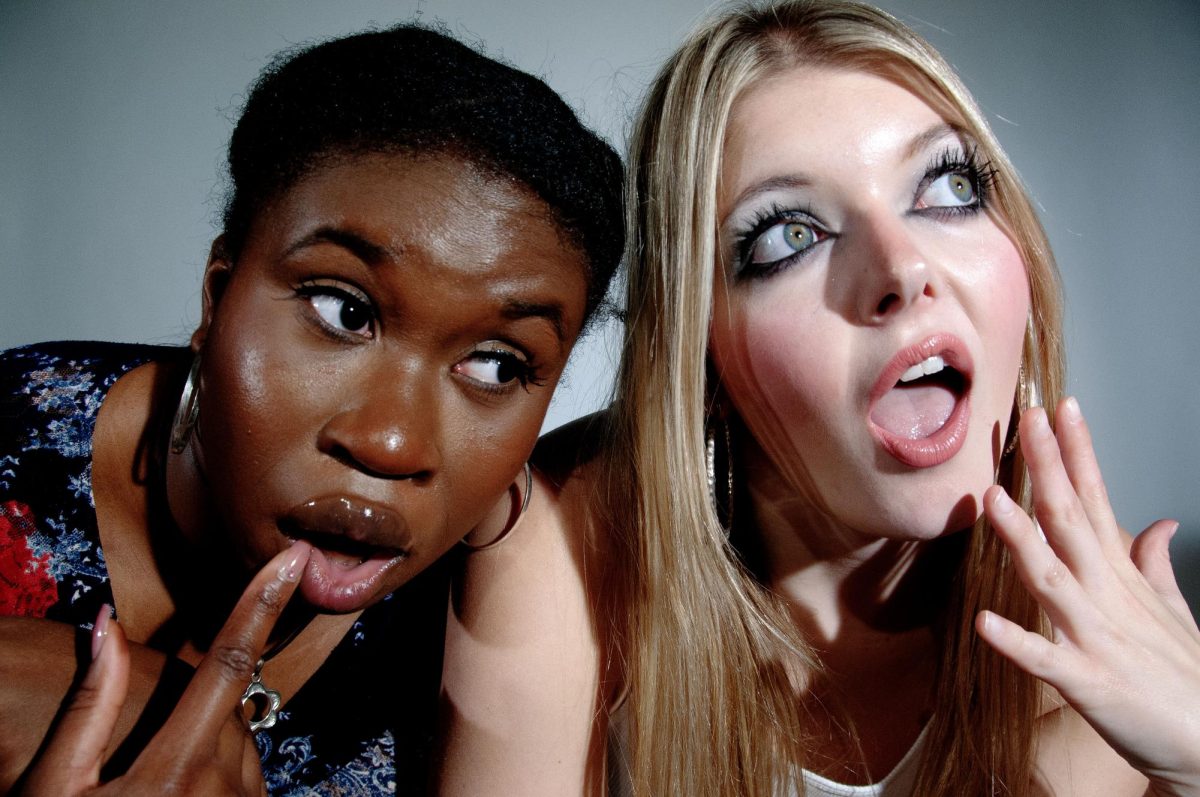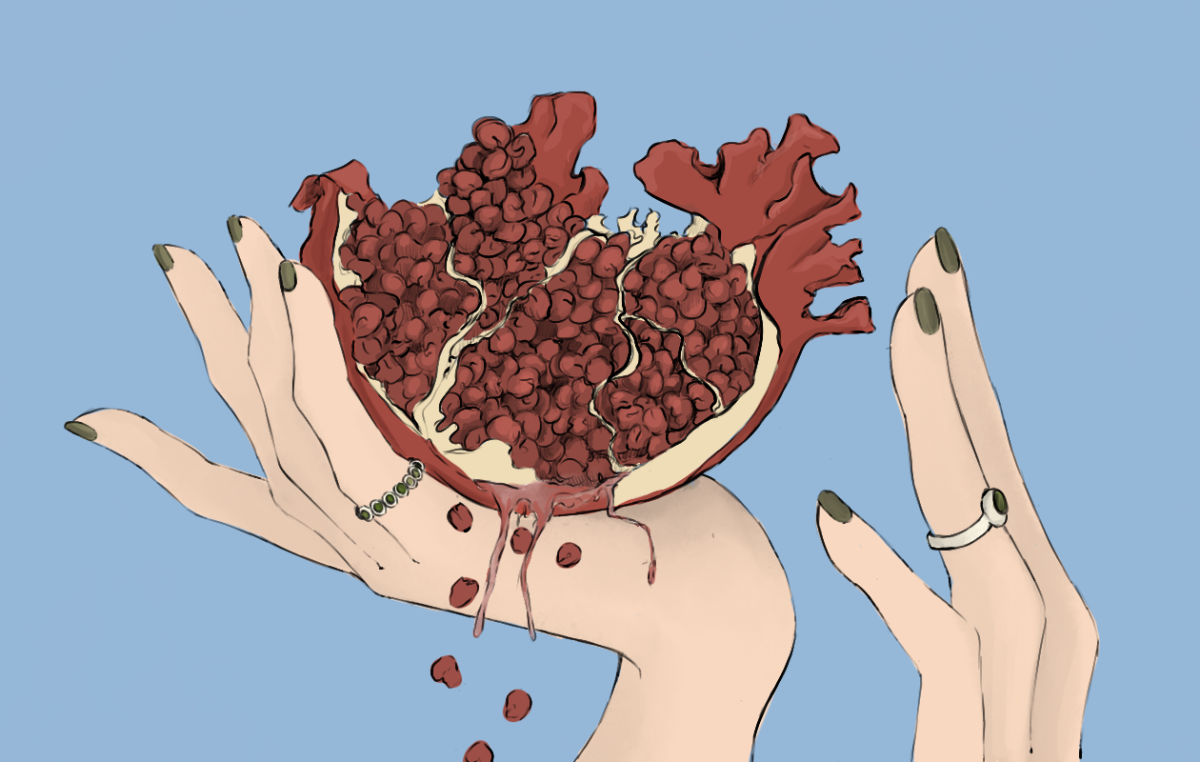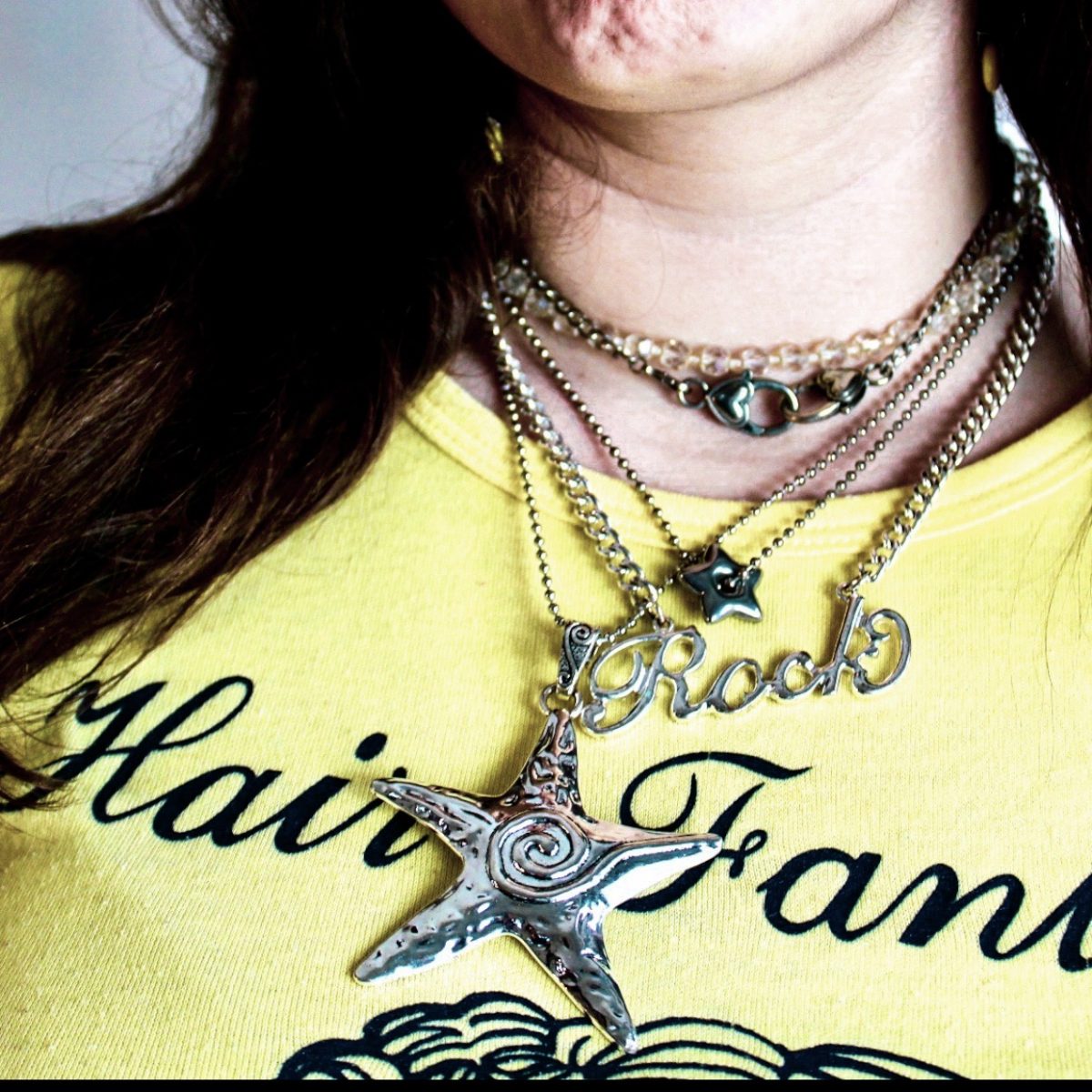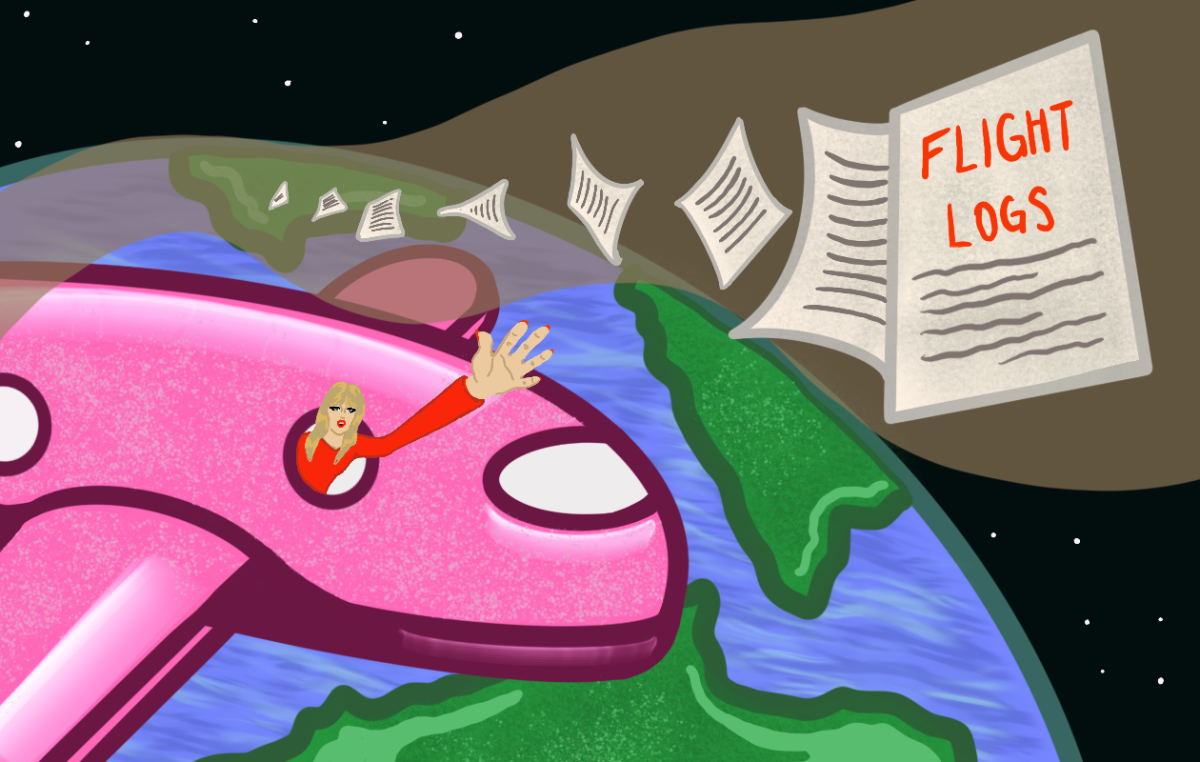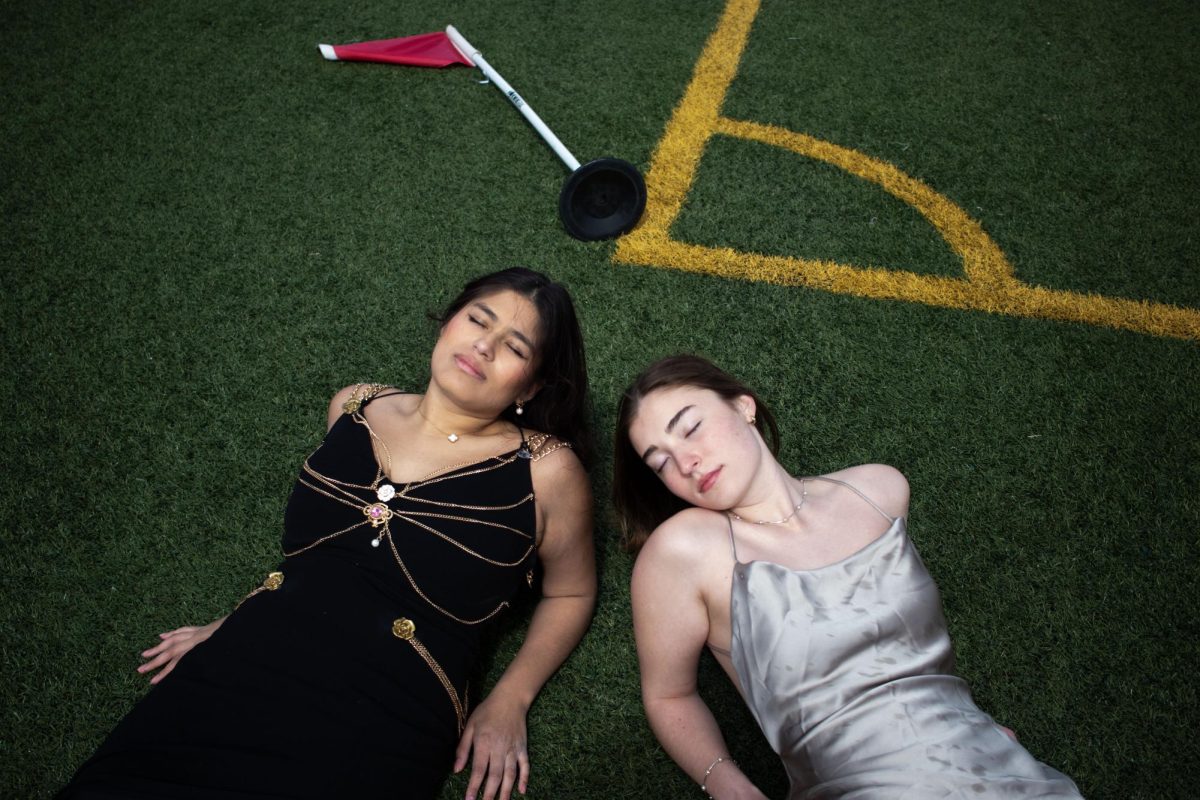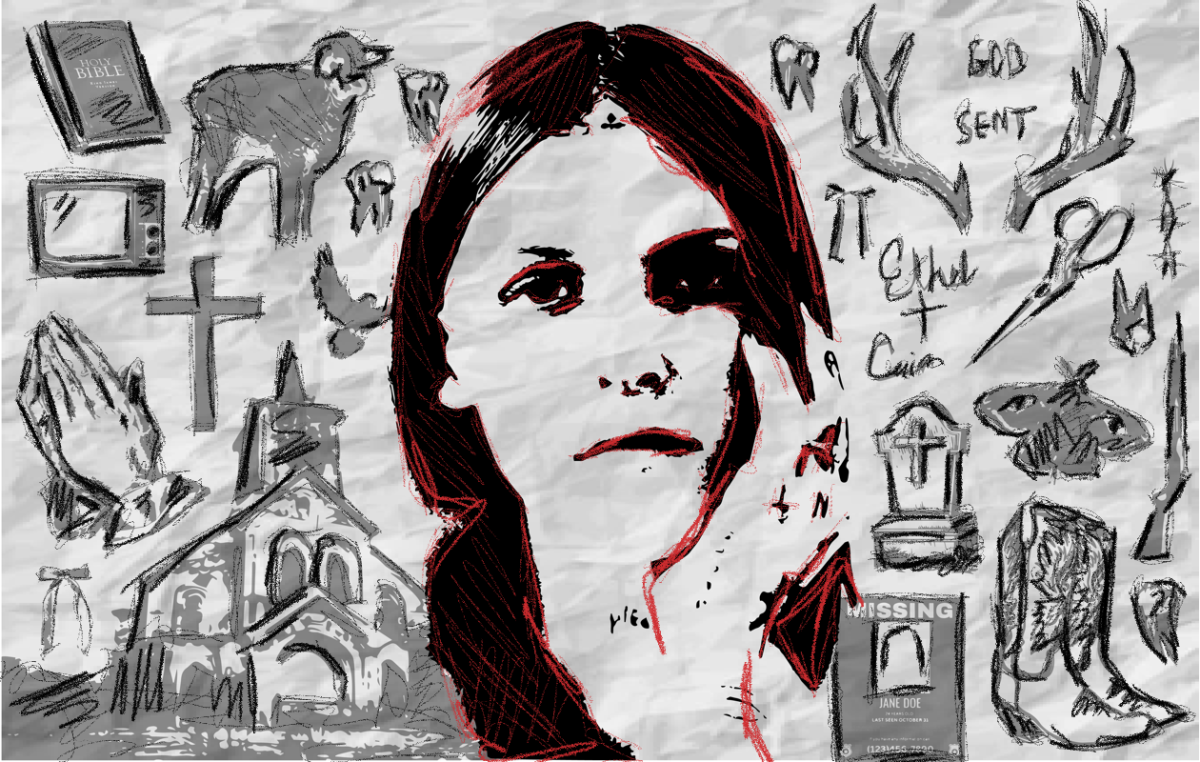Queer depiction has been present since the dawn of literature and filmmaking. Because we live in a world heavily biased on religion, these depictions were used to ridicule and reinforce stereotypes, which increased the already prevalent stigma against queerness. In this hostile environment, one genre allowed queerness to exist– horror. Despite casting queer characters in the role of perverse, monstrous, ugly and evil beings, it was the only place where queer people could see themselves in the spotlight.
As time passed, through an intense fight of multiple oppressed communities, a space for queer stories to be told was finally created. Luckily, being cast as a monster is not the only role available for a queer character anymore. However, the horrific past left scars that are still visible in today’s stories.
If you have been reading any queer stories lately, there is a noticeable pattern, especially in queer romance, of toxic relationships. Coming in many shapes and forms, these relationships usually rely on the trope of a dominant and a submissive character engaging in entangling power plays and manipulative games. Despite toxic love being interesting for storytelling, it does raise questions when it is so frequent and attracts the attention of many queer people. The answer as to why these toxic relationships are so interesting to queer people is because they are relatable.
We all want to live our “Heartstopper” moment and have the handsome captain of the rugby team fall for the queer, bullied boy and be unconditionally loved and accepted. However, in my experience, I don’t know a single queer person that can say they experienced anything like a cliché high school romance. On the other hand, almost every queer person I know can say they lived through a toxic and manipulative relationship.
Therefore, when seeing or reading stories of a couple who are completely loving and passionate when they are alone, but pretend like they don’t know each other in public, queer people can relate to their experience.
This is not only a matter of how authors are depicting queer characters, but also a reflection of our reality, which ultimately reveals a critical structural problem in our society; queer people do not feel safe to express their love the same way non-queer individuals do. In queer eyes, the stories about a safe, calm and cliché romance are more fictional than those of monsters and manipulations.
As much as we love the passionate way “Hannibal” presents Hannibal Lecter and Will Graham manipulating each other, the fresh takes on queer romances, as seen in “Heartstopper,” still hold importance in showing queer people that they deserve love and, most importantly, a place in this world.
Support Student Media
Hi! I’m Annie Gleydura, A Magazine’s editor-in-chief. My staff and I are committed to bringing you the most important and entertaining news from the realms of fashion, beauty and culture. We are full-time students and hard-working journalists. While we get support from the student media fee and earned revenue such as advertising, both of those continue to decline. Your generous gift of any amount will help enhance our student experience as we grow into working professionals. Please go here to donate to A Magazine.

